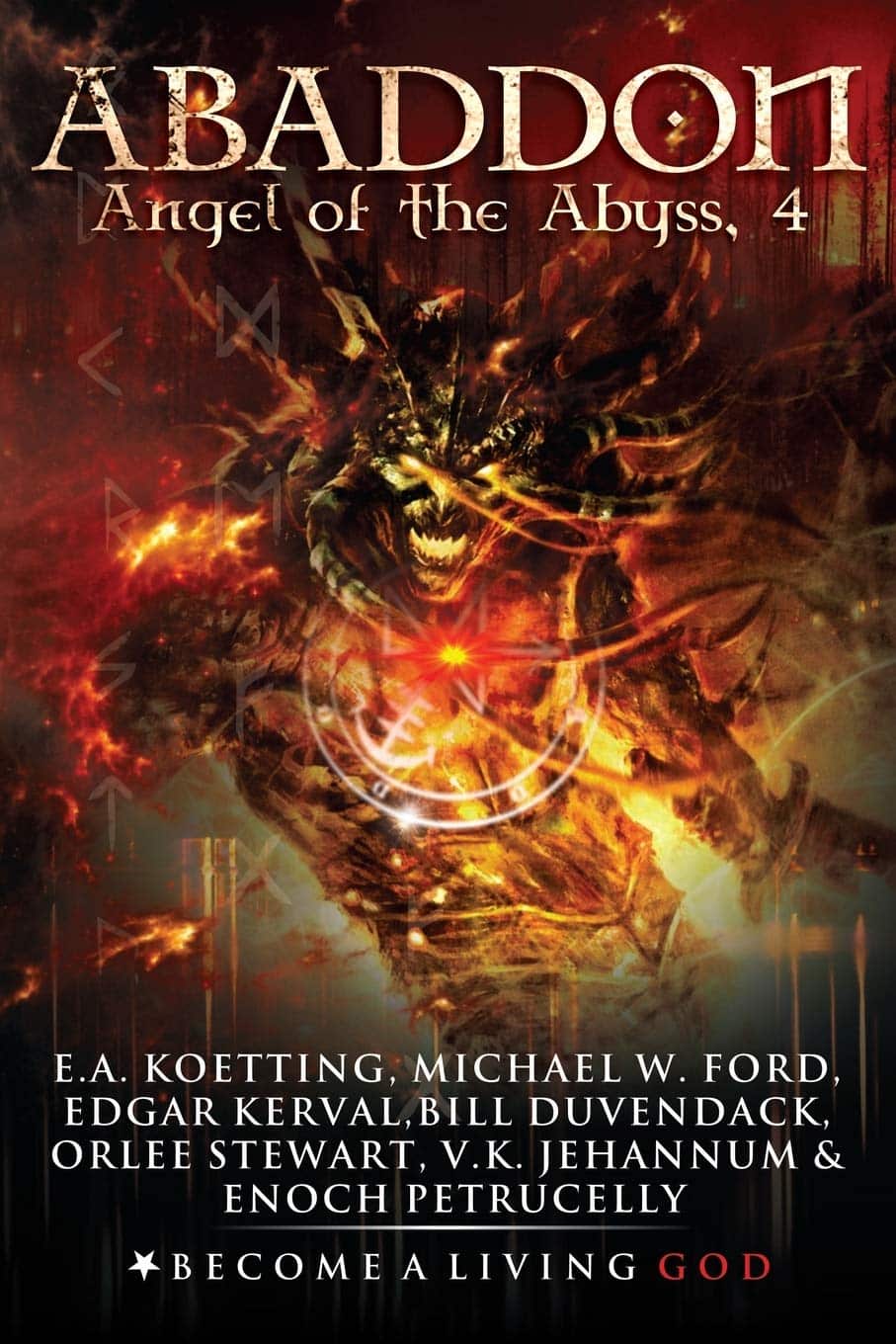DNS CHANGE OVER
Hi all please note we are busy changing streaming providers for our videos and as such several videos in courses and blocks will be offline for this week untill the migration is completed. we are attempting to limit this as much as possible but please bare with us till monday the 3rd of november

